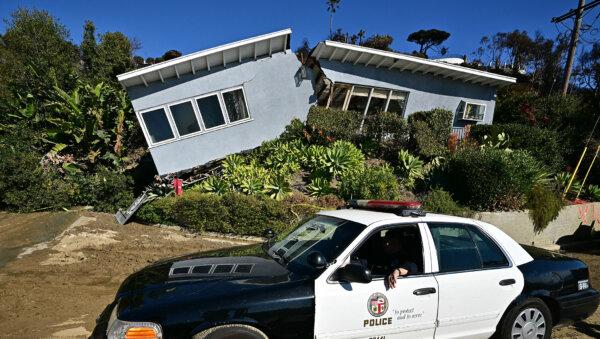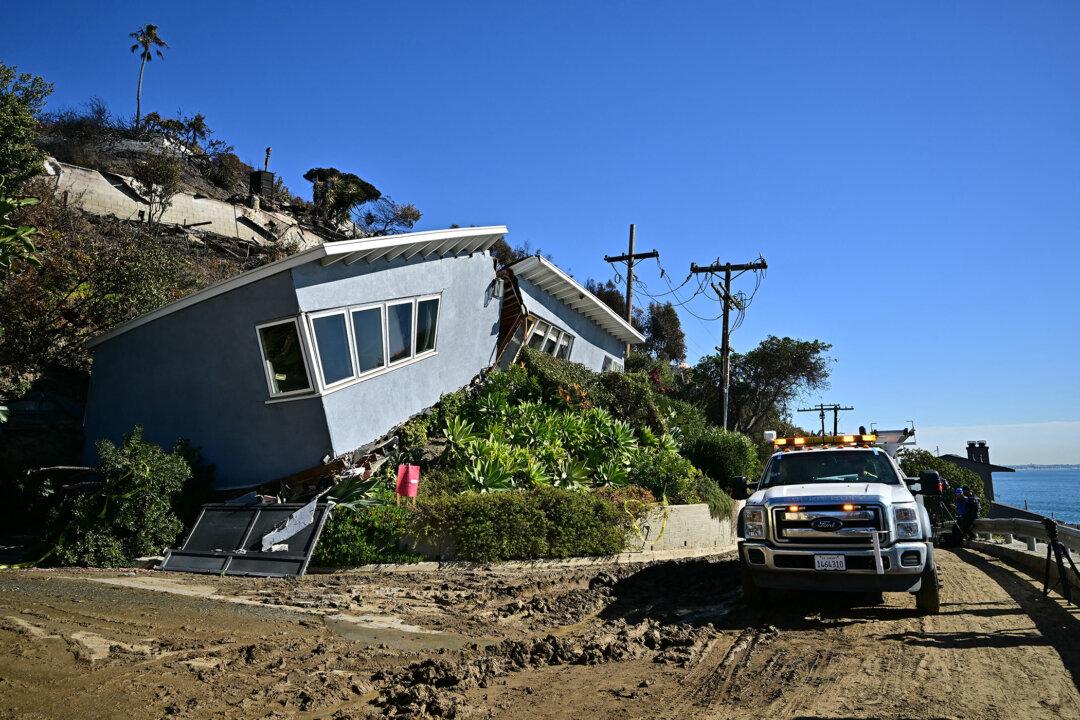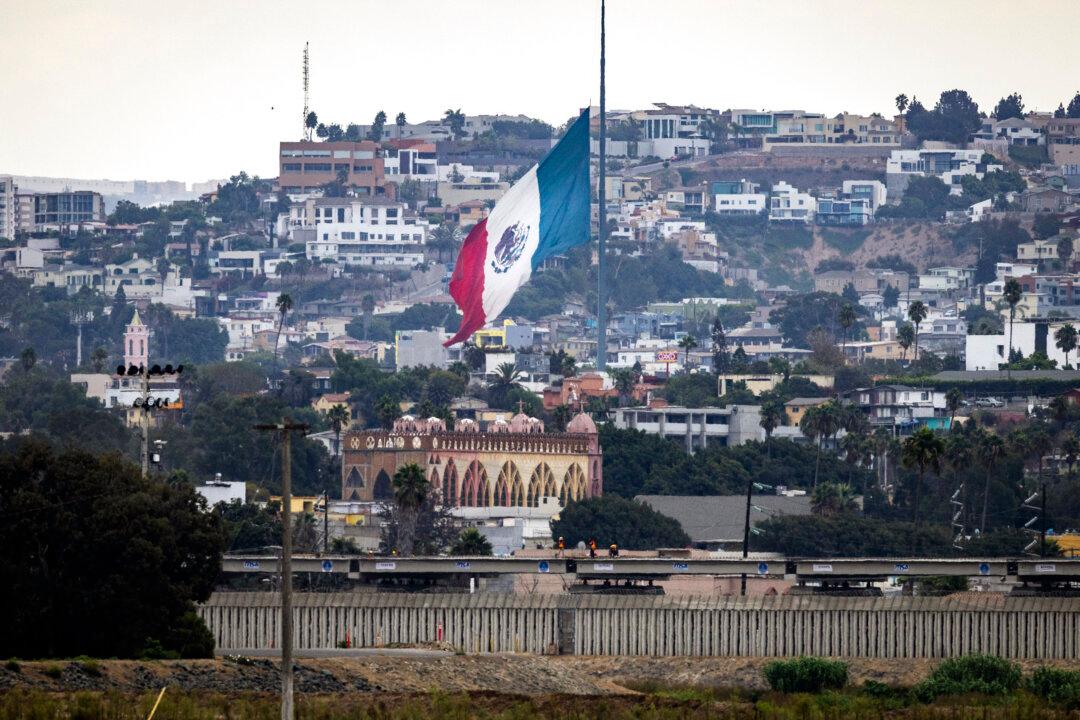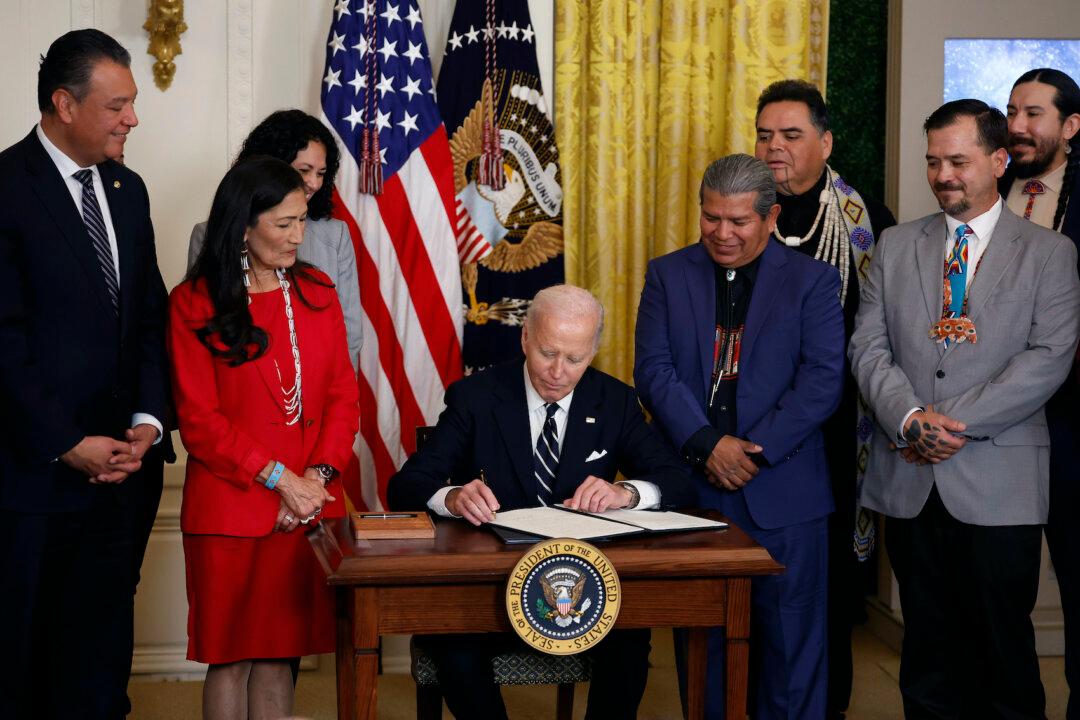After a home that survived the Los Angeles fires was destroyed by a mudslide this week, forecasters don’t expect significant rain anytime soon for the region, decreasing the risk of landslides in burn-scarred areas.
Wildfires destroy root systems in burn areas, destabilizing the soil and making it susceptible to mudflows. After a wildfire, landslide concerns rise when the first heavy rains hit vulnerable areas.
Probabilities of rain remain low for the Los Angeles area, and the amount wouldn’t be enough to trigger landslides, National Weather Service (NWS) meteorologist Frank Wofford told The Epoch Time.
“If we get a more significant storm, then those burn areas will definitely be at risk,” he said.
Instead, the NWS in Oxnard is expecting more Santa Ana winds next week, reaching their peak Monday to Thursday. Overall, the event is expected to be moderate with winds of 30-50 miles per hour and and low humidity.
Wofford said his office expects to send out a fire-weather watch for Monday and Tuesday.

Landslides and Mudslides in Los Angeles County
Los Angeles has a history of landslides and mudslides. The last reported slide in Pacific Palisades, where the Palisades Fire has burned more than 23,000 acres since Jan. 7, took place in March 2023, according to the Department of Conservation. It affected one home, which was evacuated.Although many are left praying for rain to douse the continuing wildfire risk in Los Angeles, a significant storm could make things worse.
“Areas that don’t have grass, trees, shrubs, and plants, such as after a fire, are more likely to be impacted. The extent and amount of flows will depend on the rainfall intensity and duration of the storm event, and on the extent of recovery of vegetation in the burn areas at the time. These flows can be highly destructive and move large quantities of soil, rocks, brush and trees into neighborhoods, causing property damage, blocking streets and endangering occupants.”






